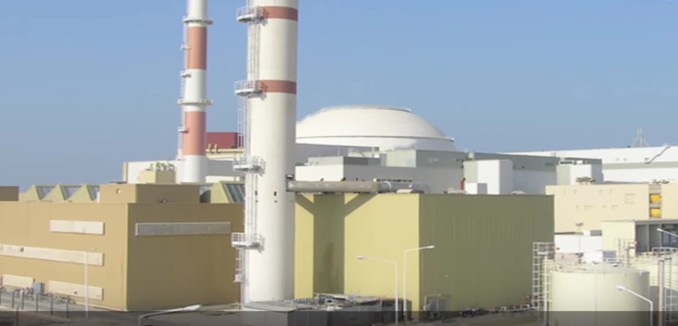The nuclear agreement between Iran and the P5+1 powers, known as the Joint Comprehensive Plan of Action (JCPOA), will provide Tehran with the means “to produce [enriched] uranium on an industrial scale” after fifteen years, according to an analysis of the deal published yesterday in The New York Times. This would give Iran a breakout time close to zero, as President Barack Obama acknowledged in April.
The analysis also emphasized other shortcomings of the deal, including its erosion of American leverage over Iran, its failure to account for Iran’s past nuclear research, and its flawed inspections regime, which allows Iran at least 24 days before it’s required to grant inspectors access to suspicious sites.
But the flip side is that after 15 years, Iran would be allowed to produce reactor-grade fuel on an industrial scale using far more advanced centrifuges. That may mean that the warning time if Iran decided to race for a bomb would shrink to weeks, according to a recent Brookings Institution analysis by Robert J. Einhorn, a former member of the American negotiating team.
Critics say that by that time, Iran’s economy would be stronger, as would its ability to withstand economic sanctions, and its nuclear installations probably would be better protected by air defense systems, which Iran is expected to buy from Russia.
In 15 years, when Iran has a more robust nuclear program and is less politically and economically isolated, Washington will have also lost a significant amount of the leverage it currently has over Tehran. According to the Times, President Barack Obama is trying to assure Congress “that he and his successors will create that leverage.” The Times cites experts who say Washington must warn Iran that any attempts to increase its stockpile of enriched uranium after the terms of the deal expire would be treated as a sign that Tehran has chosen to pursue a nuclear weapon, which “could trigger an American military strike.” Others have advocated providing Israel with the “bunker buster” bombs that could penetrate Iran’s hidden nuclear facilities, or sanctioning a long-term congressional “authorization to use military force” in case of an Iranian violation of the deal.
The Times further reported that Secretary of State John Kerry gave up on forcing Iran to come clean on its past nuclear activities in order to obtain a stronger inspections regime. Instead of demanding a full accounting of previous nuclear work, the deal now requires the International Atomic Energy Agency (IAEA) to “certify on Oct. 15 that Iran is complying with a “road map” for cooperation and report in December on the agency’s conclusions.” Many of the details of this arrangement remain secret. Behrouz Kamalvandi, the spokesman for the Atomic Energy Organization of Iran (AEOI), suggested that “harm” could befall IAEA Director General Yukiya Amano if he divulged details of the agreement.
The Associated Press (AP) published the text of a reported side agreement between Tehran and the IAEA last week, which revealed that Iran, rather than the IAEA, will be allowed to collect evidence for inspectors from the Parchin military base, where Tehran is suspected of having conducted research on detonators for nuclear weapons. Kerry, in a separate article in the Times, was quoted as saying that dropping the demand for a full accounting of Iran’s past nuclear work allowed the United States to secure an inspections regime of current and future nuclear sites that is “the most stringent in history.” However, experts believe that Iran’s failure to fully account for its nuclear work will mean that the United States will not have sufficient knowledge of the extent of Tehran’s illicit nuclear research, making any deal effectively unverifiable.
Kerry maintains that the United States has “perfect knowledge” of Iran’s past nuclear work. However, shortly after the JCPOA was announced, it was reported that despite a deal to rid his country of chemical weapons, President Bashar al-Assad of Syria had maintained a small stockpile. The CIA, according to The Times of Israel, “believed Syria’s account of its stockpile” of chemical weapons at the time the deal was initially made.
The final weakness addressed in the Times analysis is the 24 day advance notice Iran would have before it must grant international inspectors access to suspicious sites. The Times observed that, for a while, members of the administration insisted that Iran would have to agree to “anytime, anywhere” inspections. However, under the JCPOA, the process of gaining access to a suspected nuclear site includes a request by the IAEA and an Iranian response that could take up to 24 days. While the administration insists that any illicit activity would still be detectable at that point, the Times observed that “some experts say that Iran could cover up smaller-scale illicit activities” within that time frame. It is also possible that the prohibited activity may not be identifiable after 24 days, even if a trace remains.




